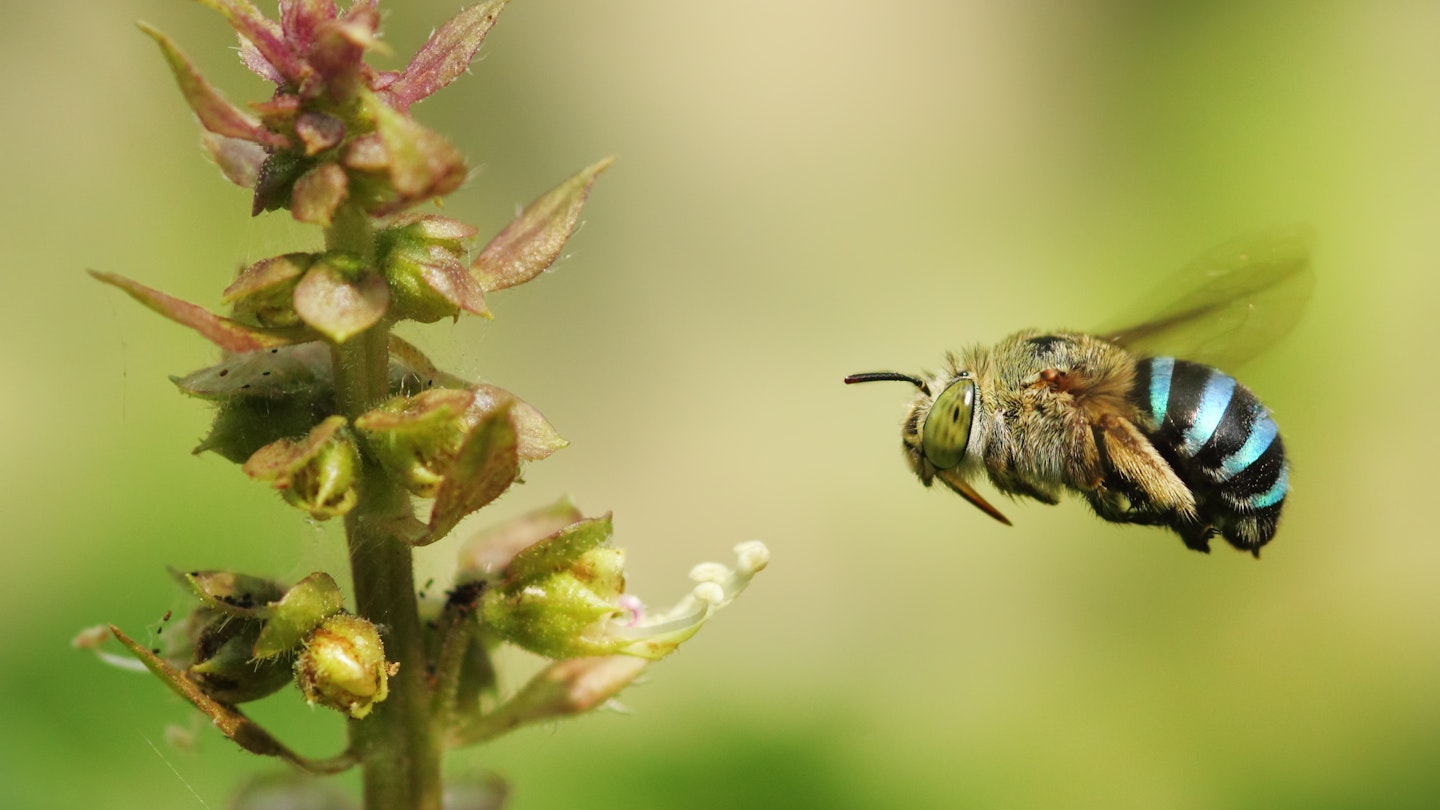11 Destinations for Bee Conservation and Tourism
When bees first emerged over a hundred million years ago, the world looked remarkably different. The Gondwana supercontinent was still sorting itself into some of the pieces we know today. Flowering plants were still a relatively new development, and wasps had only just evolved to consume pollen instead of other insects – an innovation that led to the honey bees found nearly everywhere on earth except Antarctica.
Modern agricultural practices, however, including monoculture and the use of neonicotinoids, have devastated bee populations around the world. Recent headlines have warned that so-called “murder hornets” have arrived in North America. This invasive species could further weaken vulnerable bee populations. Nevertheless, it is not all doom and gloom for these vital pollinators.
Celebrate World Bee Day by discovering these 11 conservation-minded destinations where indigenous and historic beekeeping practices are being employed to save the bees, as well as capitalize on the travel trend of bee tourism to support beekeepers and apiary communities.
Slovenia

There are thousands of bee species worldwide, which vary in honey production, aggression, and hive-building styles. Slovenia’s native Carniolan honey bees are particularly valued for their hardiness and docility. Slovenia is so proud of its bees that towns like Radovlijica have turned apiculture into an attraction, with tours, tastings, and even a hotel rating system dedicated to this craft.
Yunnan Province
China’s vast landscapes are rich in biodiversity, especially in regions like the Shennongjia Nature Reserve filled with bee-friendly plants. In Yunnan province, Lisu beekeepers set up thousands of wooden hives along towering cliff faces. This unique positioning mimics wild bees’ natural habitats, although it demands additional work and risk for the beekeepers who must scale the cliffs to tend their colonies.

Lithuania
Lithuania boasts a long-standing beekeeping tradition, celebrated at the Ancient Beekeeping Museum in Stripeikiai within Aukštaitija National Park. Here, visitors can admire unique log and straw hives, often accompanied by statues of bee deities Bubilas and Austeja, who play significant roles in ancient folklore. Alternatively, in the town of Šventoji, a shrine to Austeja resides alongside totems of other gods, and visitors can enjoy mead at local cafes.
Mozambique
In Mozambique, the fascinating relationship between honeyguides—birds that guide humans to hidden beehives—and local Yao tribesmen has been developed over thousands of years. This bond highlights a unique example of cooperation with a non-domesticated species that supports both human and bee populations.

Australia
Australia is home to a variety of unique bees, such as the blue banded bee and the teddy bear bee, essential for the country’s astounding diversity of flora and fauna. Honey holds great significance for Australia’s indigenous communities, woven into their cultural narratives. However, this biodiversity faces severe threats from climate change and habitat destruction, leading to ongoing government conservation efforts, including protecting pure Ligurian bees on Kangaroo Island.
Malta
The island of Malta is relatively isolated, leading to the evolution of its own subspecies of bees. It is noteworthy that the very name “Malta” derives from the Greek word for bee, a testament to its historically prized honey. Unfortunately, Malta’s bees have not escaped the challenges facing bee populations globally, prompting focused efforts to repopulate and sustain their populations through innovative practices like relocating swarms and enhancing biodiversity.

Kenya
Indigenous peoples like the Yiaku in Kenya utilize forest management in tandem with stationary agriculture to produce resources. Their beekeeping practices in the Mukogodo Forest not only provide honey but also reinforce a robust ecosystem. The Yiaku strategically place their hives near vulnerable tree species, fostering synergy with their environment, while their conservation methods are recognized as effective by the Kenyan Forest Service.
Nagaland
The Naga people of Nagaland, India, maintain traditional beekeeping practices that have persisted through change. Using bamboo boxes and log hives, they not only harvest honey but also consume bees as a protein source. With the rise of the apiary industry, newer generations are engaging in beekeeping, which provides economic opportunities for the community’s 17,000 beekeepers and beyond.

Ethiopia
In Ethiopia, traditional beekeeping blends the use of wild and domestic bees. Beekeepers employ specially prepared hollow logs hoisted into trees to attract swarms. Twice yearly, they harvest honey, an essential commodity within local economies. Such time-honored practices remain vital in protecting the diverse environment surrounding the Harenna Forest in Bale Mountains National Park.

Yucatan peninsula
Long before the arrival of murder hornets in North America, the continent’s bees faced their own struggles. The presence of honey bees in North America stems from later reintroduction by settlers. However, indigenous peoples used stingless bees, uniquely adapted to tropical environments, and revered them for providing honey. Mesoamerican cultures, particularly the Mayans, even utilized honey to create hallucinogenic mead and honored a bee god named Ah Mucen Cab.





